ICC World Test Championship 2019-21: Team-Wise Most Wickets Taken In The Tournament
Updated - 27 Nov 2023, 04:27 PM
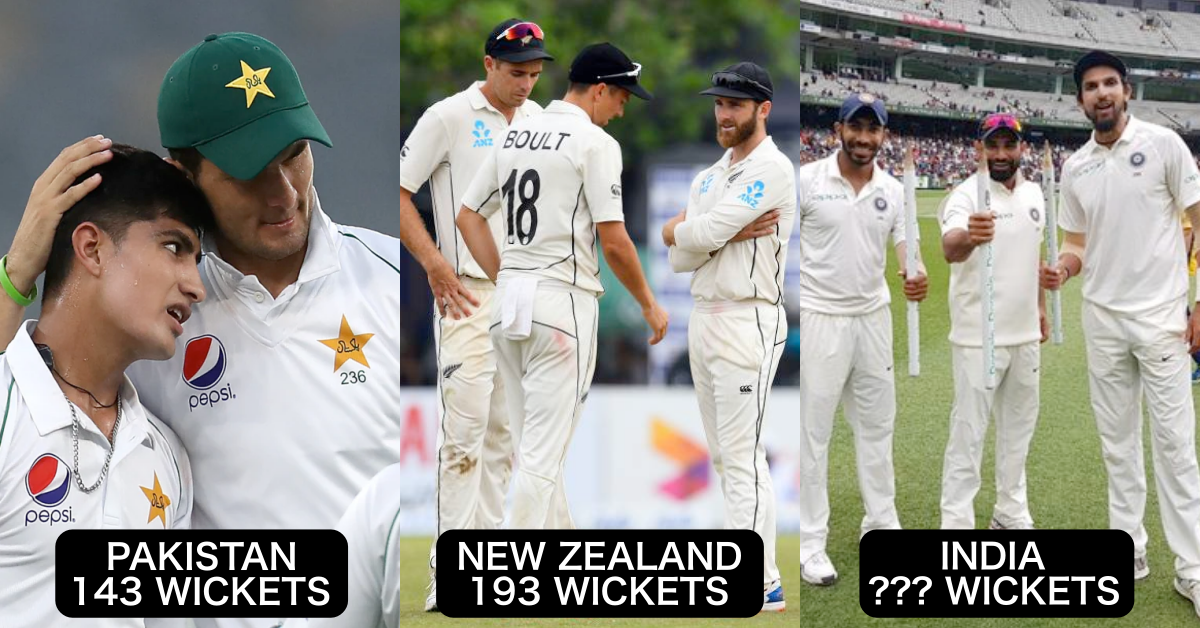
Table of Contents
It might be a cliche that ‘it’s the batter who set-up Test matches but eventually it is the bowling-attack that helps a team win a five-day game’, but it holds true even today, and it will continue to so.
No matter how many runs your batters accumulate, if you don’t have the personnel to dismiss the opposition twice, then the most that you can do is aver a defeat. The chances of a team winning a five-day game without a potent bowling attack are extremely slim.
And, perhaps, the inaugural cycle of the ICC World Test Championship and the eventual positions of all the teams testify that to the hilt.
Here’s a look at how the bowling attacks of each of the 8 teams fared in the ICC World Test Championship:
9. Bangladesh
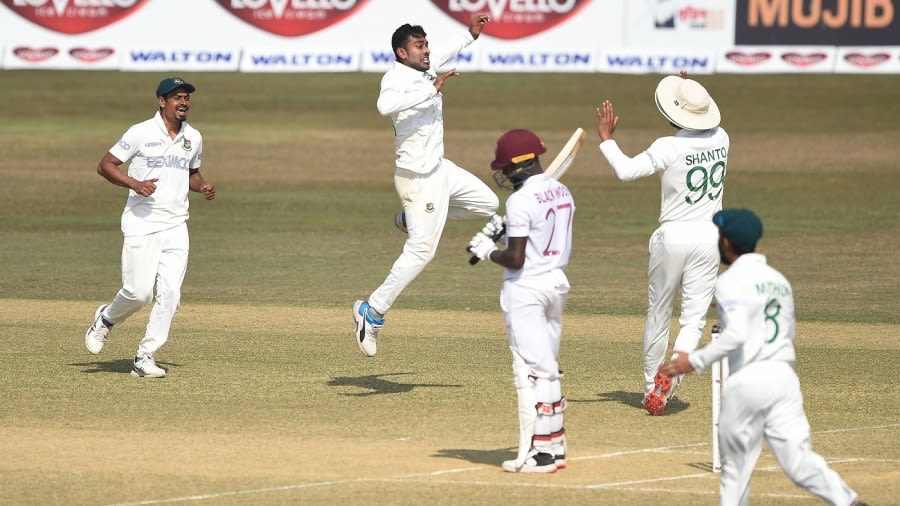
Matches- 7, Innings- 49, Wickets- 84, Avg/SR- 44.52/80.4, 5/10- 1/0
There is a reason why Bangladesh failed to win a single match during the ICC World Test Championship cycle.
And, that is, their bowler’s inability to make inroads and take 20 opposition wickets.
The biggest example of it is the home Test against the West Indies earlier this year where they failed to defend 395 in the 4th innings.
Overall, Bangladeshi bowlers managed a total of 84 wickets in 49 innings (7 matches) at an average of 44.52 and a strike rate of 80.4. The fact that even their highest wicket-taker, Taijul Islam averaged 42.43 for his 23 scalps sums up the story.
Also Read: ICC World Test Championship Final: 7 Bowlers To Watch Out For
8. Sri Lanka
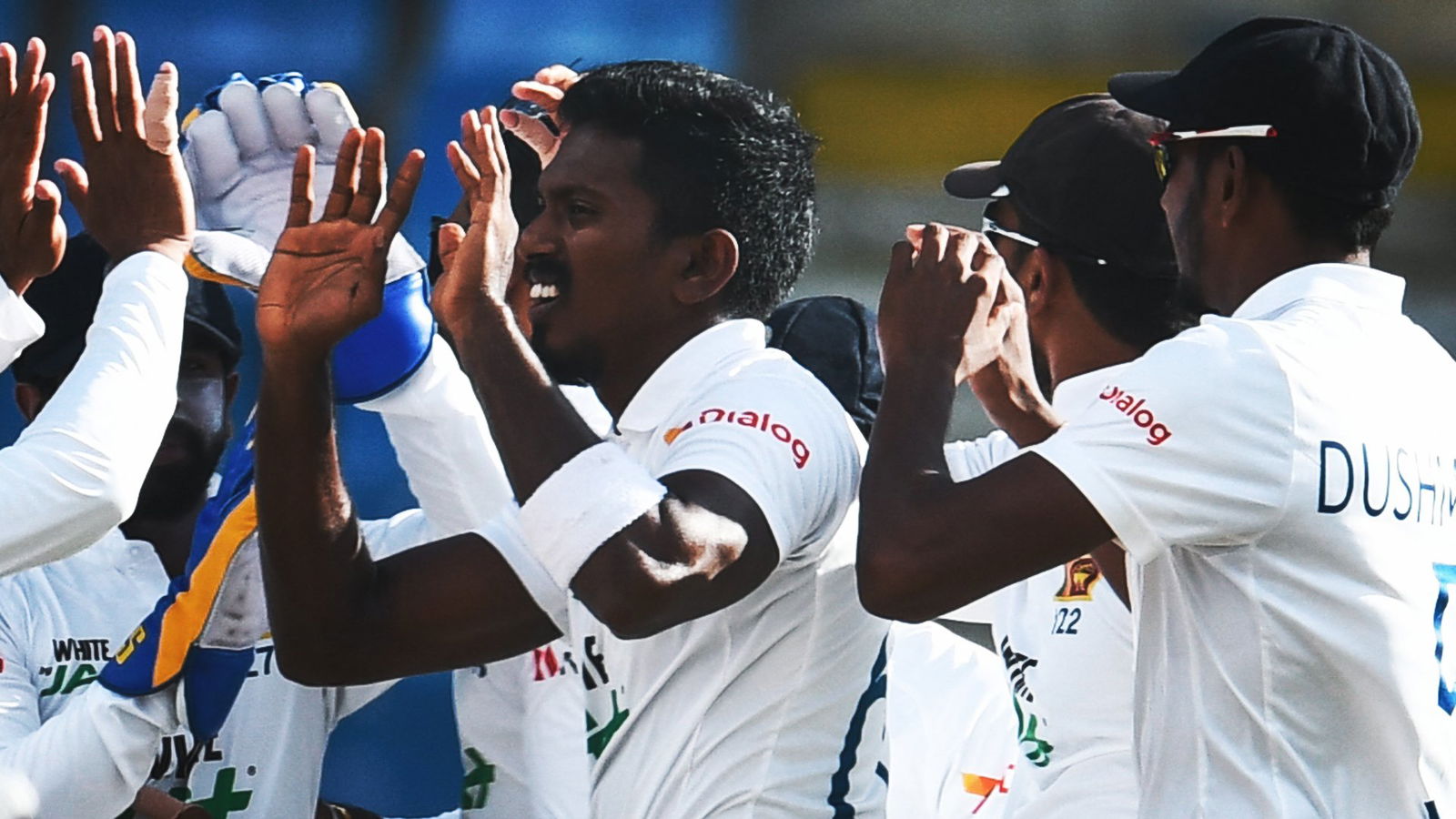
Matches- 12, Innings- 104, Wickets- 141, Avg/SR- 42.83/78.4, 5/10- 6/2
Sri Lanka managed just a couple of victories in their ICC World Test Championship campaign and apart from the inconsistency in their batting, the lack of sustained incisiveness by their bowling unit was a major reason behind their struggle.
Apart from Lasith Embuldeniya in the spin-department (30 wickets in 7 matches at 40.96) and pacer Suranga Lakmal (20 wickets in 7 matches at 25.55), none of the bowlers left any impact over a period of time– (Jayawickrama played just 1 Test in which he claimed 11 wickets).
Overall, Sri Lanka managed just 141 wickets in 104 innings at an average of 42.83 and their strike rate of 78.4 is the 2nd worst among all teams after Bangladesh.
Also Read: ICC World Test Championship: 10 Best Innings Of The Tournament
7. Pakistan
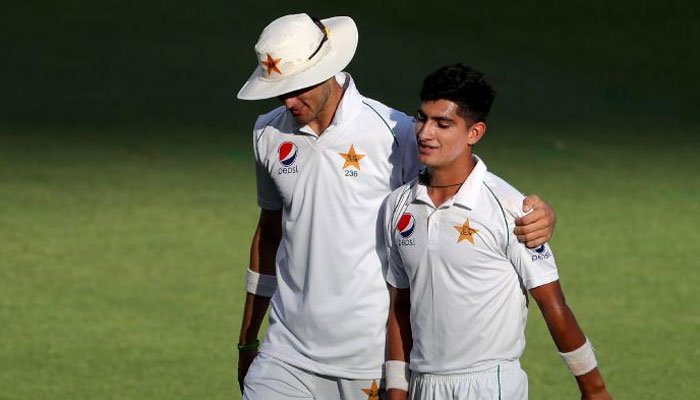
Matches- 12, Innings- 103, Wickets- 143, Avg/SR- 39.32/71.8, 5/10- 5/1
Cricket fans assume that Pakistan still boasts of a world-beating bowling unit, but those guys, in my view, are still stuck in the 90s or 2000s.
Don’t get me wrong! Yes, Pakistan still has exciting young pacers coming through but the talent hasn’t yet translated into performances and that explains why Pakistan finished as the third-worst bowling side in the ICC World Test Championship cycle.
In 103 innings across 12 Tests, they could only manage 143 wickets at an average of 39.32 and a strike rate of 71.8.
The likes of Shaheen Shah Afridi, Naseem Shah, Mohammad Abbas, Yasir Shah formed the core of the bowling group for a better part of the cycle and they were guilty of consistently giving away 400+ runs, especially in overseas Test matches in Australia, England, and New Zealand.
They even failed to defend their 4th innings target of 277 against England last year despite having reduced the hosts to 5/117 as Jos Buttler (75) and Chris Woakes (84*) took their attack apart to take England past the finishing line.
Shaheen Shah Afridi finished Pakistan’s leading wicket-taker in the two-year cycle but the fact that even he averaged 32.63 for his 36 wickets in 18 innings tells a story.
6. West Indies
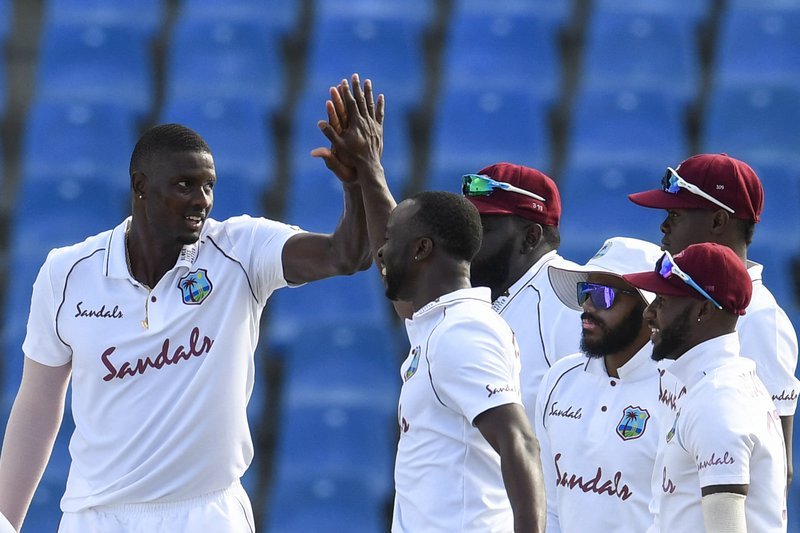
Matches- 12, Innings- 125, Wickets- 167, Avg/SR- 37.44/74.4, 5/10- 6/0
West Indies boast of a brilliant pace bowling unit at the moment and in Rahkeem Cornwall, they have a handy spinner, but the issue for them has been frequent injuries to the pacers coupled with lack of consistency, especially away from home.
And, that is why they finished as the fourth-worst bowling unit in the WTC cycle.
West Indies managed a total of 167 wickets in 125 innings across 12 Test matches at an average of 37.44 and their strike rate of 74.4 is the third-worst among all teams after Bangladesh and Sri Lanka.
With 32 wickets in 18 innings at an average of 29.96, Kemar Roach was their leading wicket-taker, while former captain Jason Holder had the best average- 28.58 with 29 scalps in 17 innings.
Also Read: ICC World Test Championship: Team Of The Tournament
5. South Africa

Matches- 12, Innings- 111, Wickets- 181, Avg/SR- 34.33/60.9, 5/10- 8/0
The World Test Championship coincided with South Africa’s decline in international cricket and the fact that they played 5 of their 12 Test matches in India (3) and Pakistan (2) didn’t help their bowling unit one bit.
Another interesting fact is with South Africa no longer having an experienced batting line-up, they did not dish out seaming tracks while playing on home soil, as was vividly evident from the flat tracks that were served to the visiting English and Sri Lankan teams.
In India, South Africa failed to claim 20 wickets in none of the three Tests as their pacers failed to adapt to the conditions while their spinners lacked quality.
Overall, the Proteas managed just 181 wickets in 111 innings across 12 Tests at an average of 34.33 and a strike rate of 60.9.
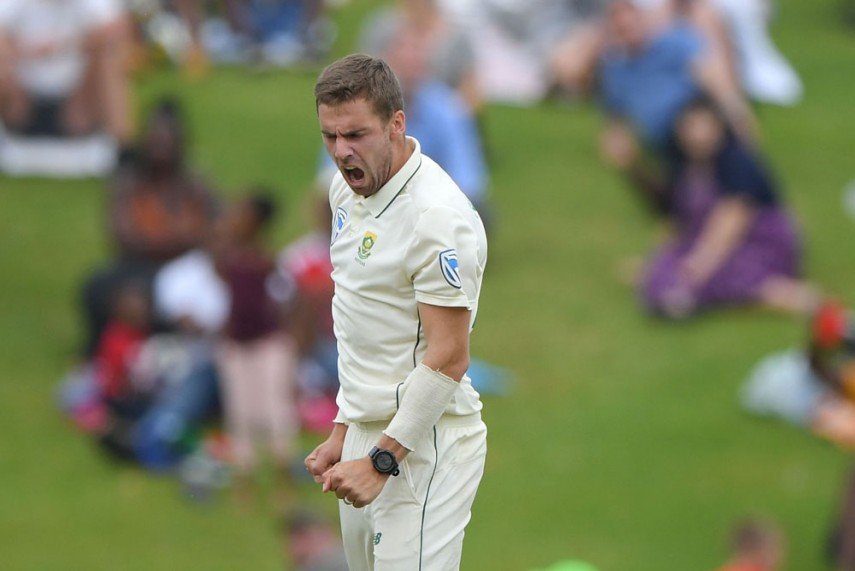
Their best bowler throughout the cycle was undoubtedly Anrich Nortje, who claimed as many as 46 wickets in 11 Tests at an average of 27.06 which also includes 3 five-wicket-hauls.
Kagiso Rabada was below par as per his very high standards. The South African bolter claimed 32 wickets in 15 innings at 29.53 with just 1 five-for.
Their issues in Asia can be gauged from the fact that their leading spinner, Keshav Maharaj, was largely ineffective. In 16 innings, Maharaj managed a mere 28 wickets at an average of 50.35.
Also Read: ICC World Test Championship: 5 Highest Partnerships Of The Tournament
4. New Zealand
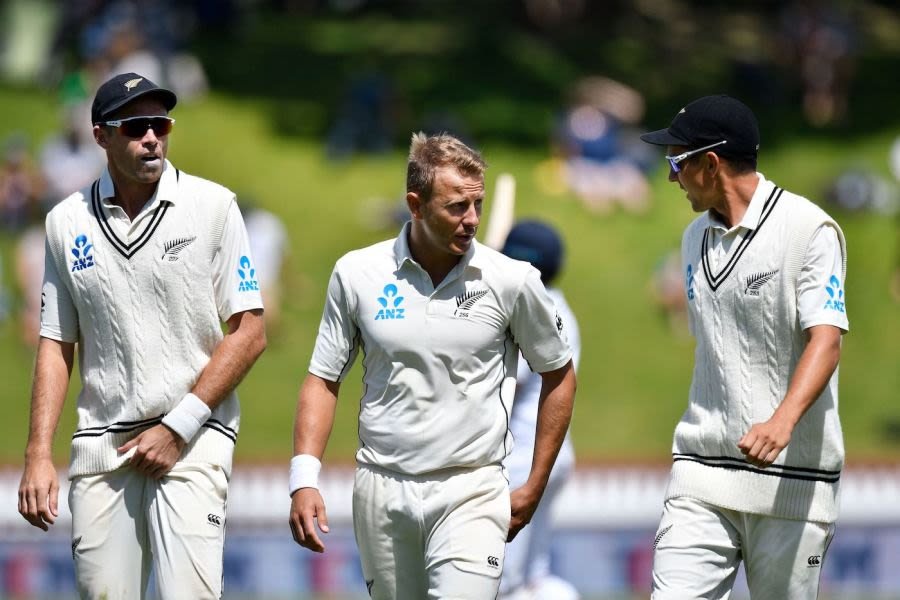
One of the finalists of the inaugural ICC World Test Championship cycle, New Zealand boasts of a world-class bowling unit that has almost every base covered.
And, that was perfectly reflected during the World Test Championship cycle. New Zealand played most of their Tests at home where the likes of Tim Southee, Trent Boult, Neil Wagner, Kyle Jamieson, Colin de Grandhomme knocked over every batting unit that they came up against.
They did struggle- barring Neil Wagner- in Australia but a major reason for that is injuries to their regular pacers and also the fact that Kyle Jamieson hadn’t yet made his debut.
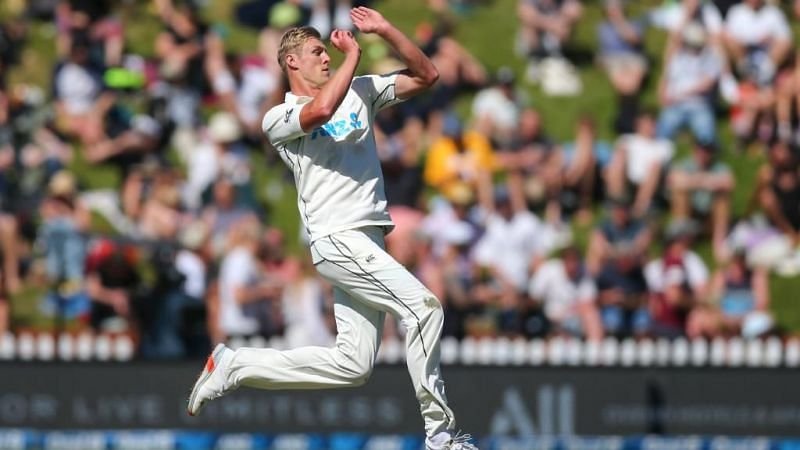
Jamieson made his debut against India in February 2020 and the lanky fast bowler, blessed with the ability to move the ball as well as get a disconcerting kick from the surface, has proceeded to add another dimension to the New Zealand attack.
New Zealand finished the WTC cycle as the 4th best bowling unit. In 12 games, the Kiwi attack claimed a total of 193 wickets at an average of 26.99 and a strike rate of 58.3.
Tim Southee- 51 wickets in 20 innings at 20.66- was their leading wicket-taker while Kyle Jamieson had the best average- 13.27 (36 wickets in 12 innings).
Also Read: ICC World Test Championship Final: 5 New Zealand Players Who Will Be Benched
3. Australia
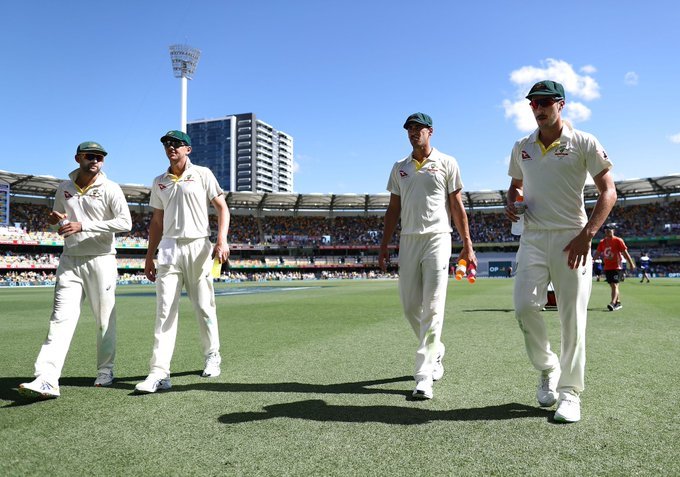
Matches- 11, Innings- 149, Wickets- 246, Avg/SR- 26.17/55.9, 5/10- 11/1
Australia finished as the third-best bowling unit in the ICC World Test Championship cycle but they would still be disappointed with their performance, as it certainly could have been even better than what they eventually ended up with.
The Aussie attack of Pat Cummins, Josh Hazelwood, Mitchell Starc, and Nathan Lyon- certainly had their moments.
They shot out England and India for 60 and 36 respectively at Leeds and the Adelaide Oval through some incisive seam and swing bowling, they walked past the hapless batting units of Pakistan and New Zealand with disdain on home soil.
But, at the same time, the famed bowling quartet failed to dismiss an opposition on the fifth day of the Test match. At Leeds, Ben Stokes smothered them with an unbeaten 135* to help England claim an unlikely win while in Sydney and Brisbane, earlier this year, they failed to knock over India and eventually ended up losing the series.
There are several reasons behind Australia’s inability to dismiss the opposition on the 5th day which include poor catching, horrendous DRS calls.
But, the biggest reason was Nathan Lyon’s lack of impact in the 4th innings and Mitchell Starc’s poor form, especially against India.
Pat Cummins (70 wickets in 28 innings at 21.02) finished as the leading wicket-taker in the Test Championship. He was the leading wicket-taker during the Ashes and in the series against India but, apart from Josh Hazlewood, he did not get enough support from other bowlers.
Overall, Australia claimed a total of 246 wickets in 149 innings across 14 Tests at an average of 26.17 and a strike rate of 55.9.
Also Read: ICC World Test Championship: Team Wise Most Double Centuries In The Tournament
2. India
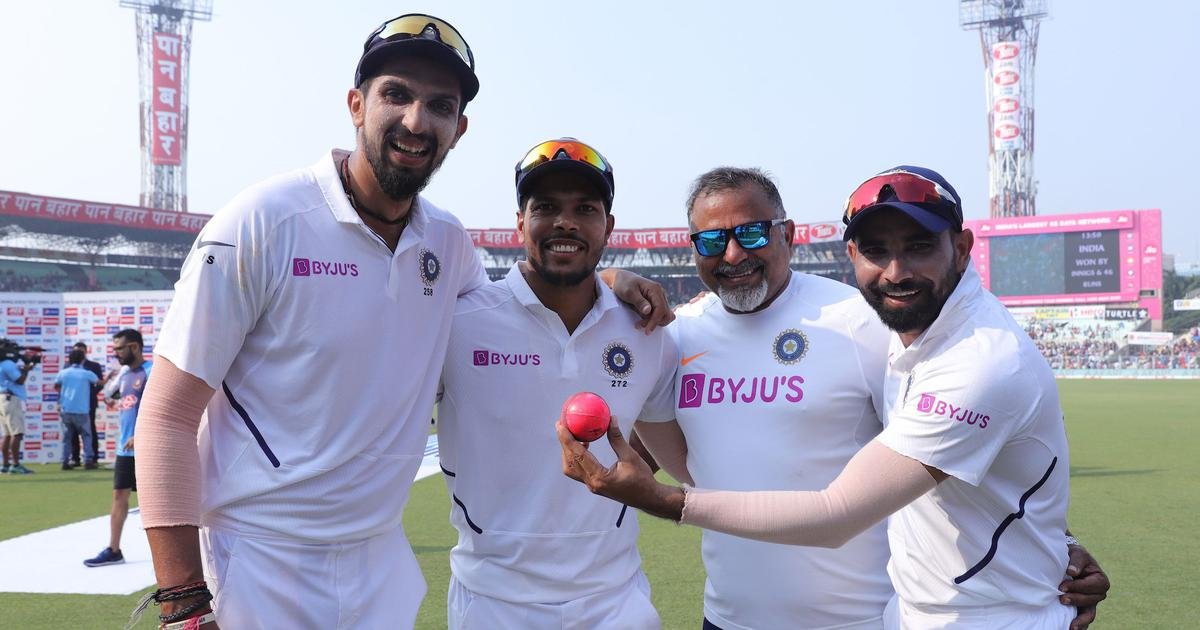
There is a reason why India has dominated Test cricket in the last 5 years, and that is because of the emergence of a world-class bowling unit that has all bases covered for every condition.
And, it was perfectly reflected during the two-year WTC cycle. Whether it was home or away, Indian pacers and spinners went about knocking over the opposition with disdain on a regular basis.
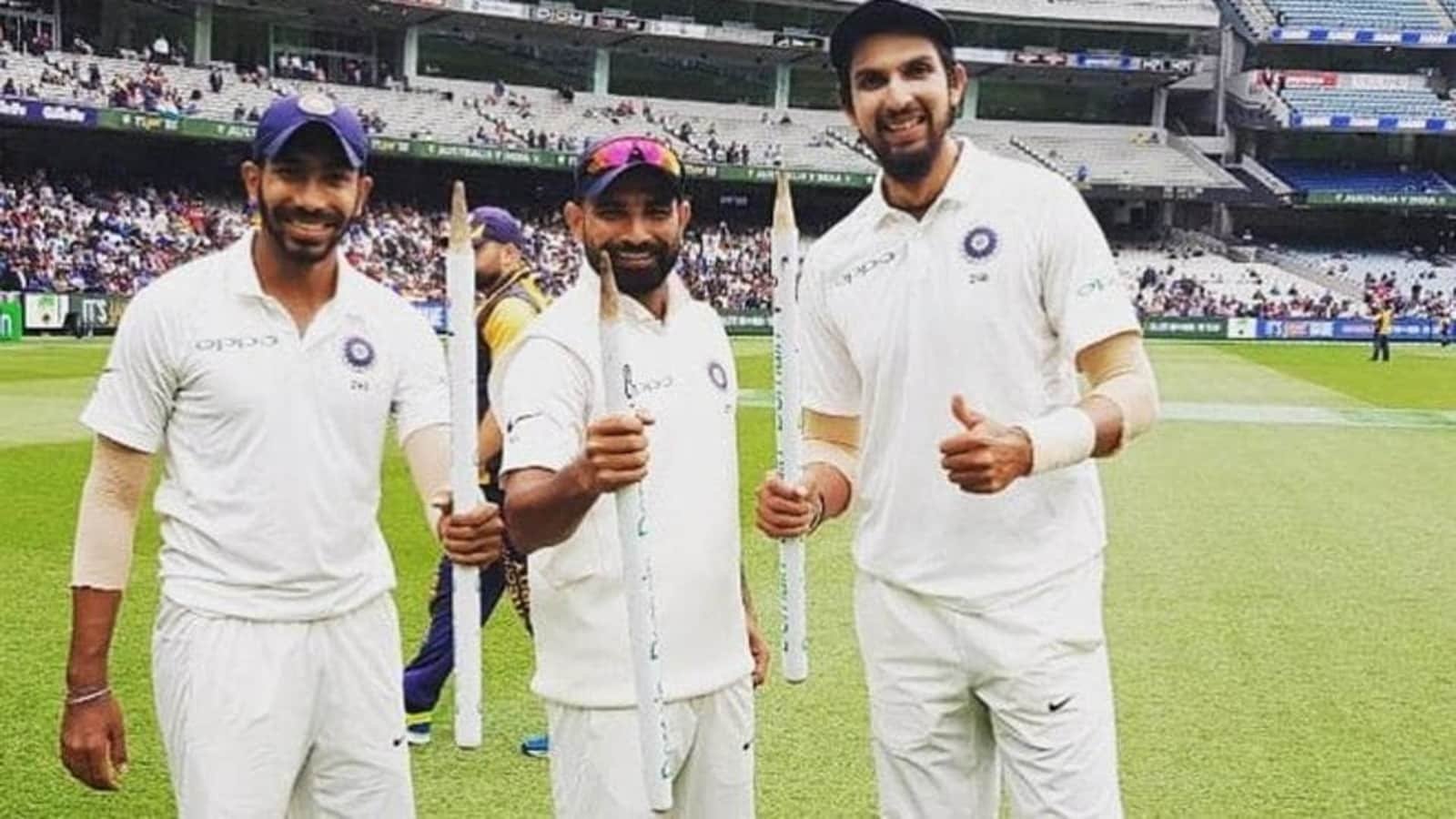
The cycle started with Jasprit Bumrah wreaking havoc against the West Indies in the Caribbean followed by the complete dominance of the likes of Ishant Sharma, Umesh Yadav, Mohammed Shami, R. Ashwin, and Ravindra Jadeja against South Africa and Bangladesh on home soil.
The only series in which Indian bowlers struggled was in early 2020 against New Zealand, and a major reason for that was the absence of Ishant in one of the two Tests and the fact that Bumrah was coming back after a long layoff due to injury.
In Australia, we saw the might of the Indian fast bowling bench-strength to the hilt as the likes of Mohammed Siraj, Shardul Thakur, T Natarajan announced themselves on the international stage with stellar performances in the absence of Ishant Sharma, Mohammed Shami, and Jasprit Bumrah.
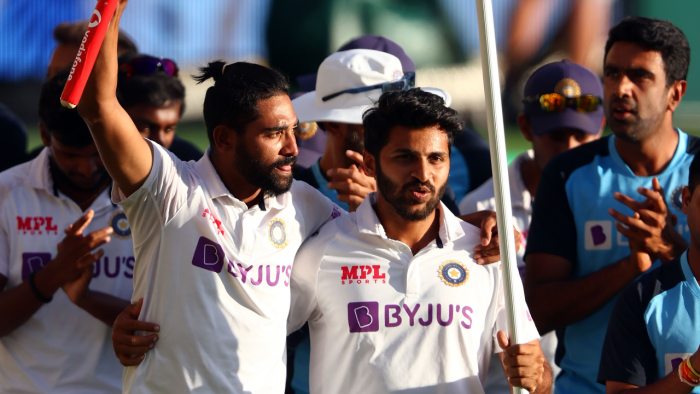
Ravichandran Ashwin and Ishant Sharma were the bedrocks of the bowling unit throughout the cycle. Ashwin bowled beautifully in Australia and he was well nigh unplayable at home.
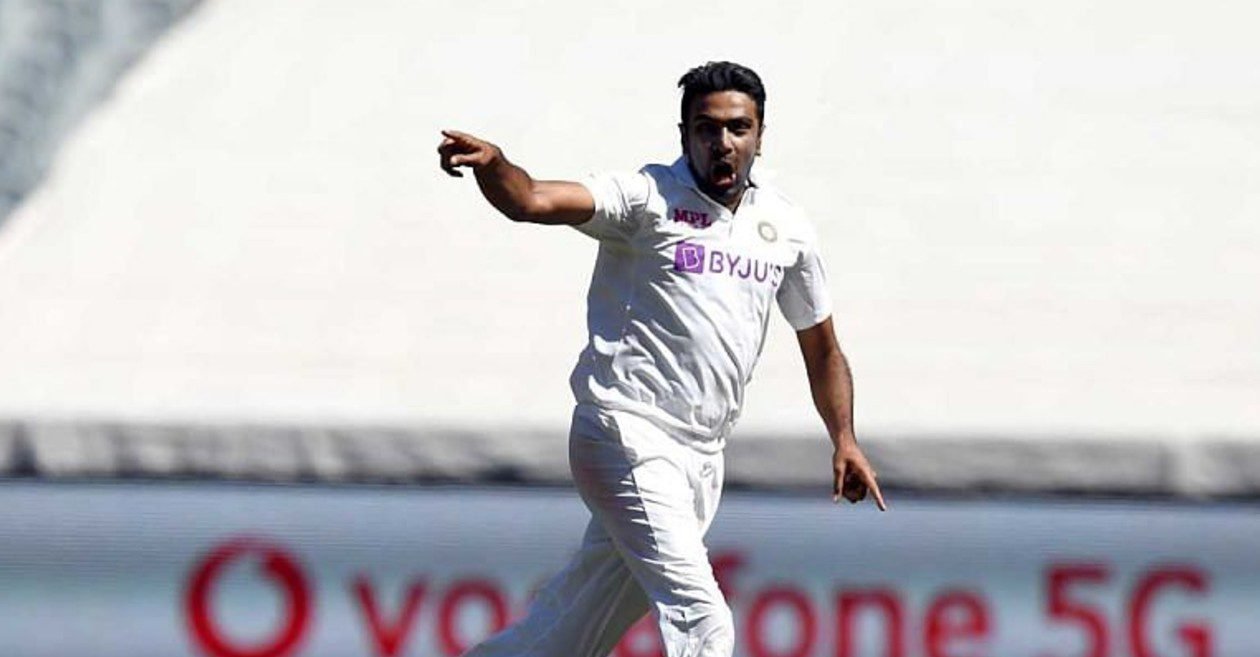
He ended up as India’s leading wicket-taker (67 wickets in 24 innings at 20.88) and the third-highest overall.
Ishant, meanwhile, claimed 36 wickets in 20 innings at an average of 17.36.
Apart from Siraj and Shardul, Axar Patel had a breakthrough debut series as the left-arm orthodox bamboozled the hapless English batting unit on turning tracks. In 3 Tests, Patel ended up with 27 wickets which include 4 five-fors.
Overall, Indian bowlers claimed a total of 303 wickets in 160 innings and their average and strike rate of 22.15 and 45.6 respectively is the best among all participating teams.
Also Read: ICC World Test Championship Final: 5 Indian Players Who Will Be Benched
1. England
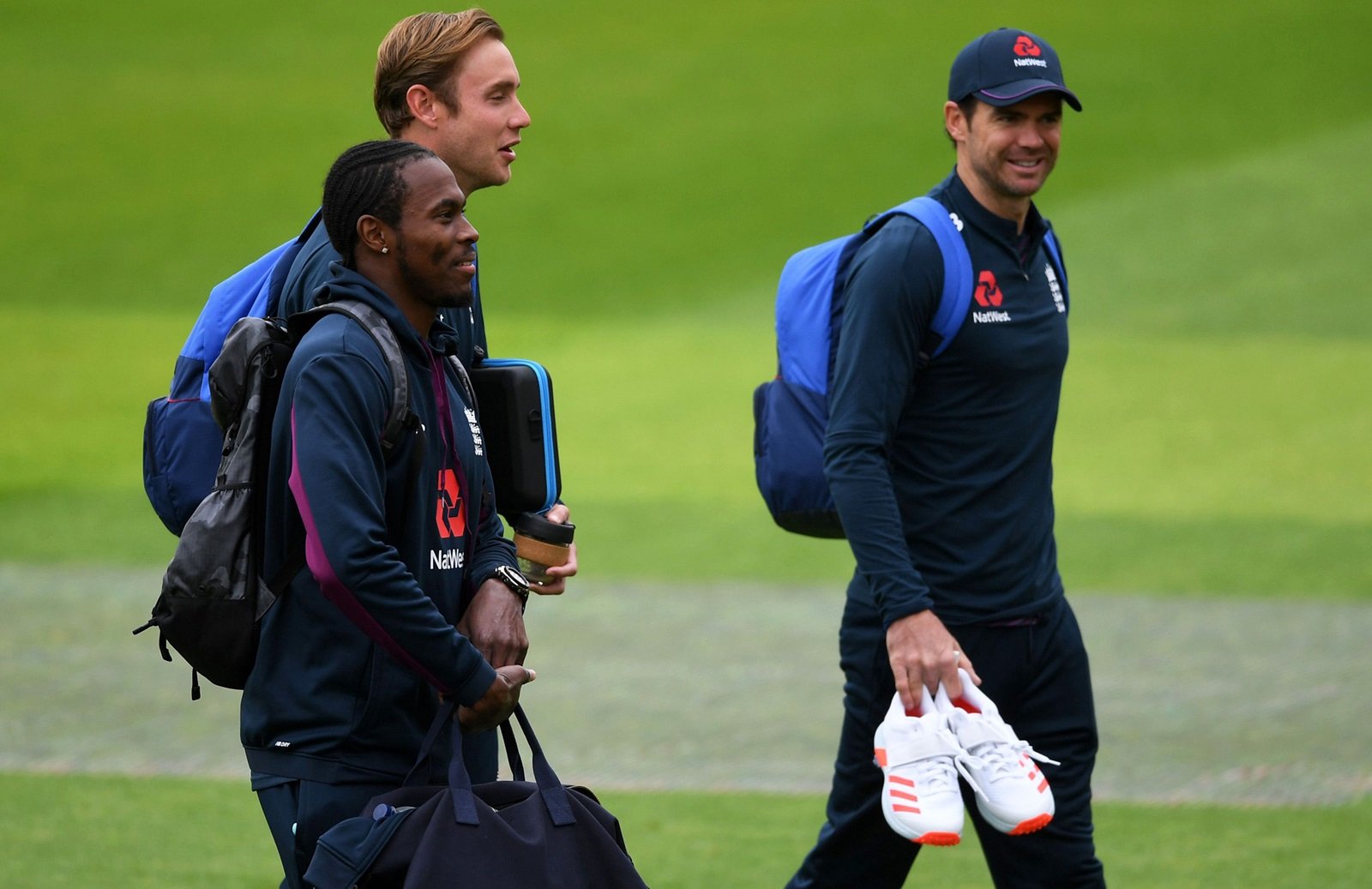
Matches- 21, Innings- 220, Wickets- 357, Avg/SR- 26.70/53.8, 5/10- 14/1
England, by virtue of playing more Tests as compared to India, finished with the most number of wickets despite having a higher average and strike rate as compared to Virat Kohli’s bowling unit.
England started their Test Championship campaign against Australia on home soil where Stuart Broad and debutant Jofra Archer did the bulk of the damage in the absence of James Anderson.
In South Africa, Mark Wood, Ben Stokes alongside Broad stepped up to the occasion and helped England claim 3-1 triumph.
James Anderson missed a lot of Test matches due to injury and workload management but the champion pacer established his authority in whatever games he played. He was particularly brilliant in Sri Lanka and India, where he claimed wickets but hardly gave anything away.
His reverse-swinging masterclass against India in Chennai, earlier this year, was a sight to behold. In 20 innings, Anderson claimed 39 wickets at an average of 19.51.
England’s best bowler throughout the cycle was, undoubtedly, Stuart Broad. The veteran seamer, who made an emphatic statement after he was dropped from the first Test of the summer against the West Indies, finished as their leading wicket-taker and the second-highest overall.
In 32 innings, Broad claimed 69 wickets at an average of 20.o8. Jack Leach gave a good account of himself on spin-friendly tracks of Sri Lanka and India, and he ended up with 40 wickets in 18 innings at an average of 29.55.
The biggest disappointment for England was Jofra Archer, who after a brilliant debut series against Australia in 2019, failed to live up to the hype. And, the fact that England didn’t manage him well plus his never-ending tryst with injuries didn’t help his cause either.
Overall, England claimed a total of 357 wickets across 21 Tests at an average of 26.70 and a strike rate of 53.8.
Also Read- 3 Selection Headaches For India Captain Virat Kohli Ahead Of ICC WTC Final
Tagged:
ICC World Test Championship 2019-21 Indian National Cricket Team New Zealand Cricket Team Pakistan Cricket Team South Africa Cricket Team Sri Lanka Cricket Team West Indies Cricket Team






